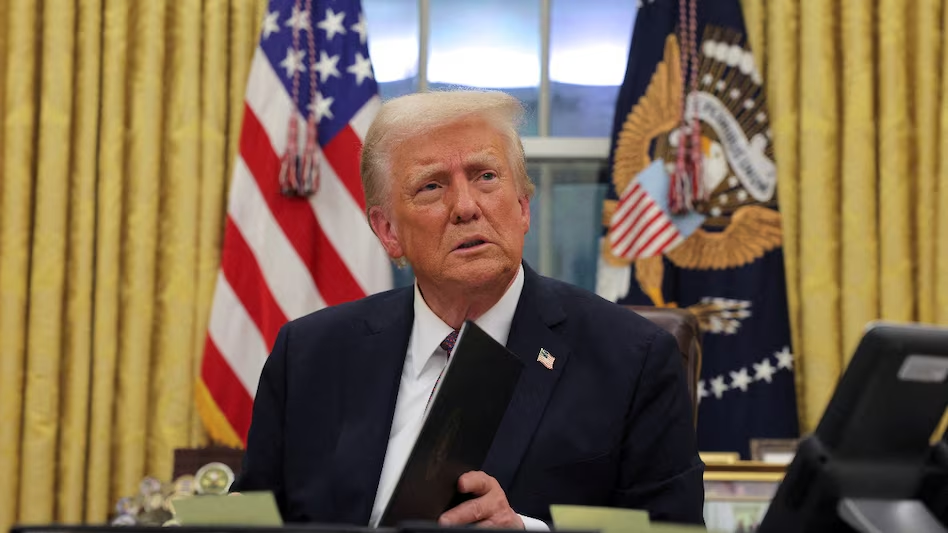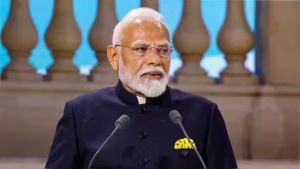
Donald Trump has introduced the ‘Gold Card,’ a program designed to attract high-net-worth individuals seeking U.S. residency and citizenship. This initiative particularly targets affluent foreigners, with Indians historically being among the top applicants for U.S. immigration opportunities.
Over the years, many Indians have moved to the U.S. through student visas (F1), work permits (H1B), Green Cards, and ultimately, citizenship. However, under Trump’s administration, these processes have become more stringent and time-consuming. The Gold Card, priced at $5 million (approximately ₹44 crore), aims to provide an alternative pathway for the ultra-wealthy. Yet, a critical question arises—who will actually invest in it?
For many high-net-worth individuals (HNWIs) in India, with assets exceeding ₹50 crore, permanent relocation to the U.S. may not be a priority. Instead, they often prefer visiting as tourists using a 10-year B1/B2 visa, which allows for frequent travel without requiring residency.
A Hyderabad-based businessman shared his perspective: “My family holds a 10-year B1/B2 U.S. visa, allowing us to visit whenever we wish and stay for a month or so before returning. Additionally, we acquired a UAE Golden Visa by investing ₹4 crore in Dubai real estate. Dubai serves as a second home due to its proximity to Hyderabad. The U.S. Gold Card doesn’t seem worth the price.”
While India has a significant population of ultra-rich individuals, many may find the Gold Card’s ₹44 crore price tag excessive. If even the wealthiest hesitate to invest, the question remains—who will truly benefit from it?
The EB-5 visa program has long been an alternative for wealthy Indians seeking U.S. residency at a lower cost. Replacing it with the far more expensive Gold Card raises concerns. Indian elites already enjoy access to luxurious real estate, top-tier medical facilities, world-class workspaces, and security in destinations like the UAE, which also offers tax advantages. While many frequently travel to the U.S. for business, they may not see a need to permanently relocate. The Gold Card’s steep price may appeal only to billionaire business magnates rather than a broader HNWI audience.
A journalist noted, “Unless a country is facing severe conflicts, war, or political turmoil, people rarely abandon their homeland. For the U.S. to successfully market the Gold Card at $5 million, it must offer incentives that outweigh the benefits of existing global residency programs.”
With the UAE’s Golden Visa becoming an increasingly preferred option for India’s elite, the U.S. Gold Card may struggle to find buyers.
That said, for those who can afford it, the allure of life in the U.S.—with its high standard of living, economic opportunities, and world-class facilities—remains undeniable. However, for many, retaining the flexibility of U.S. access without permanent relocation may be the most practical choice.
Recent Random Post:
















